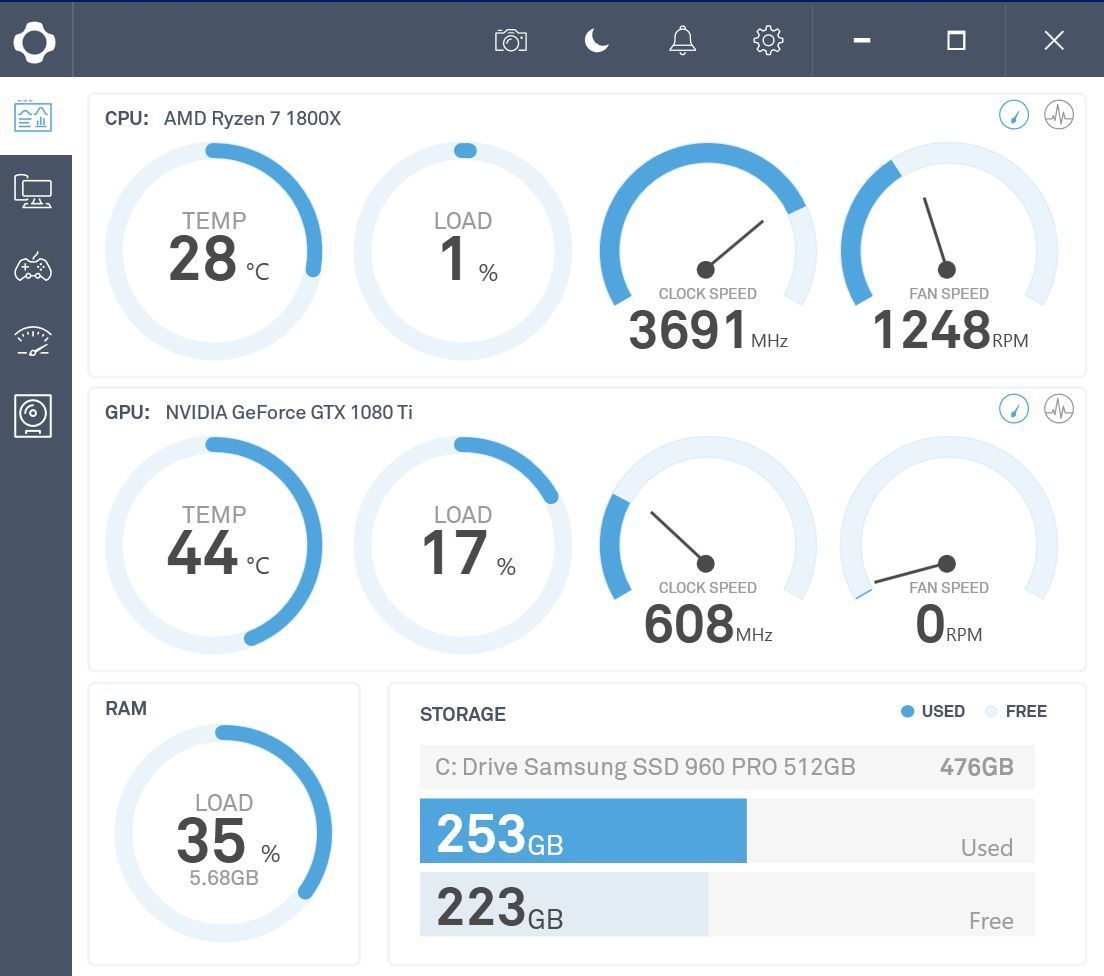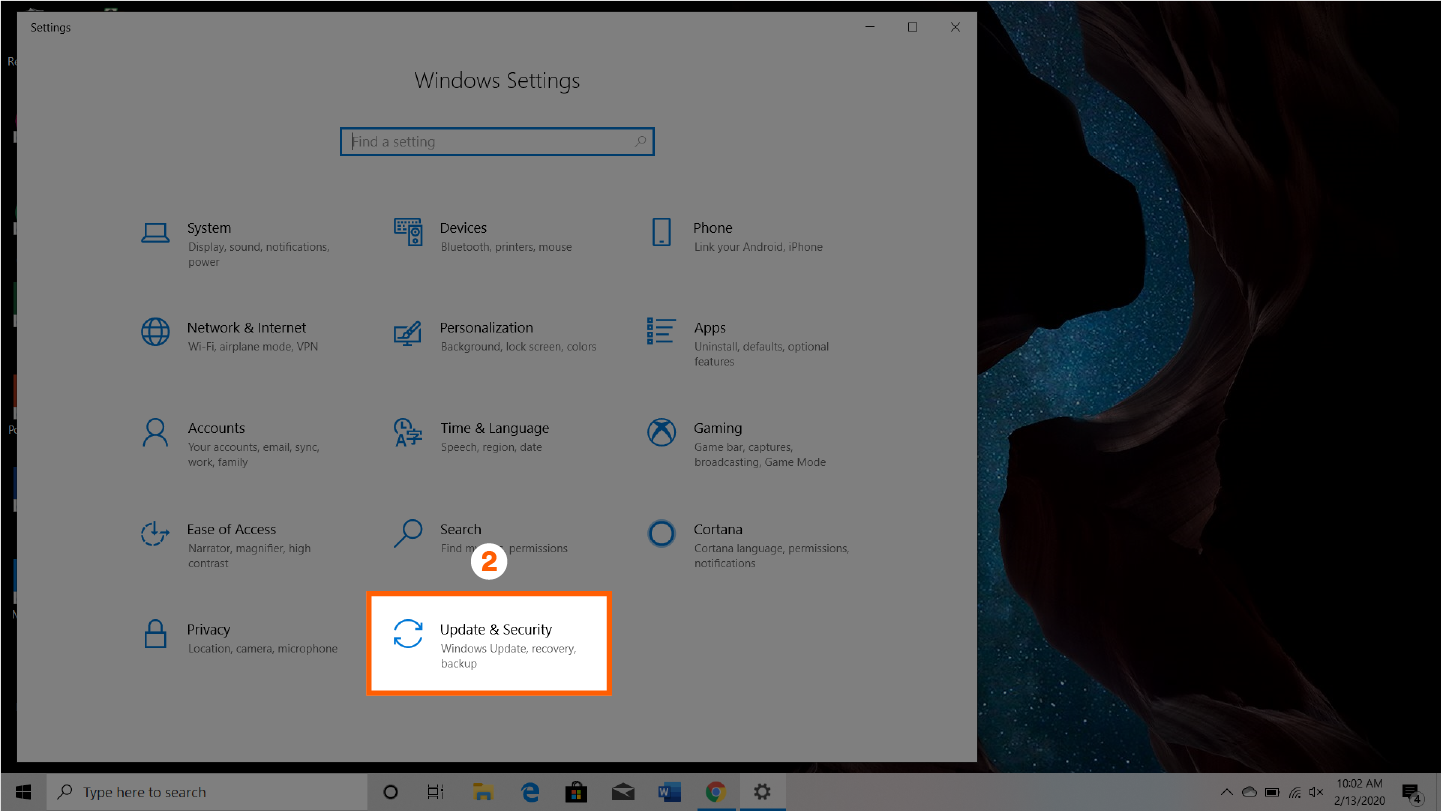


This is often practiced by gamers for the smooth running of online games. It looks different when you overclock the CPU to achieve better computing performance and speed. Therefore, you should make sure to clean your fans regularly. Nevertheless, poorly cleaned fans can cause the CPU temperature to turn out higher than necessary. This means that the clock rate is reduced and thus less heat is produced until the temperature is within the tolerance range again. As soon as a temperature previously defined by the manufacturer is reached, the CPU is throttled. This sounds dramatic, but it is hardly relevant for average users, since the computer (or CPU) is usually already replaced by a new, more powerful model beforehand to meet the hardware requirements for the problem-free use of new software.Īs a user of a standard PC in normal operation, you don't really have to worry about this question because the operating system usually regulates the CPU temperature by itself. However, values around the maximum limit shorten the lifespan because the individual components are extremely sensitive to heat. The 100-degree mark can even be slightly exceeded for a short time (up to 103 ☌ is possible with new processors) without damaging the CPU. Processors can withstand very high temperatures. Maximum temperature should never exceed 100 ☌ if possible.Heavy workload due to programs that require high computing power: up to 95 ☌.


Low processor load (in normal operation): about 30 to 50 ☌.For this reason, the following values are only rough guidelines: This is not quite easy, because apart from external conditions like the PC's location or the room temperature, it also depends on the specific processor type. To even be able to estimate whether you have a normal CPU temperature, you first have to know the “normal value” or the tolerance range.


 0 kommentar(er)
0 kommentar(er)
